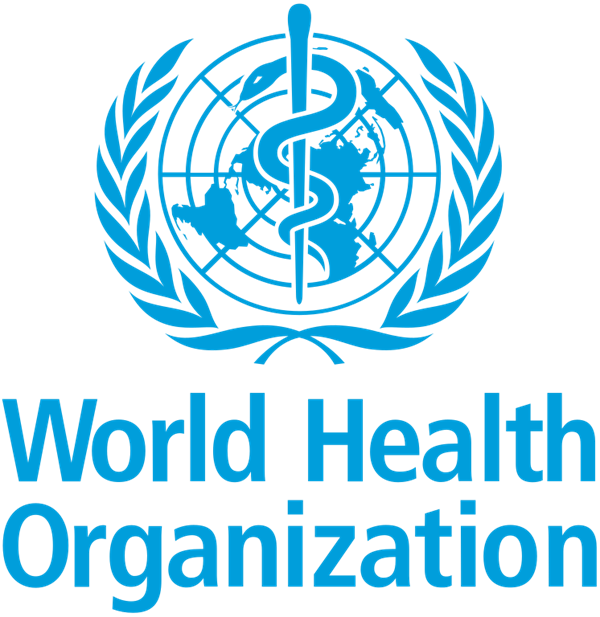
The World Health Organization (WHO) has published its first-ever reports highlighting the urgent need for improved medicines and diagnostic tools for invasive fungal diseases.
These reports reveal a critical gap in research and development (R&D) for fungal infections, which are becoming an increasing public health concern worldwide.
Common fungal infections, such as candida – which causes oral and vaginal thrush – are growing more resistant to treatment. These infections pose severe risks to individuals with weakened immune systems, including patients undergoing cancer chemotherapy, people living with HIV, and organ transplant recipients. WHO’s findings emphasise the lack of effective treatments and testing methods, particularly in low- and middle-income countries (LMICs).
“Invasive fungal infections threaten the lives of the most vulnerable, but countries lack the treatments needed to save lives,” said WHO assistant director-general for antimicrobial resistance ad interim, Dr. Yukiko Nakatani. “Not only is the pipeline of new antifungal drugs and diagnostics insufficient, but there is also a void in fungal testing in low- and middle-income countries, even in district hospitals. This diagnostic gap means the cause of people’s suffering remains unknown, making it difficult to get them the right treatments.”
Fungal infections in the WHO’s ‘critical priority’ category of the Fungal Priority Pathogens List (FPPL) have mortality rates as high as 88 per cent. As medical advancements allow more people to live with immunocompromised conditions, the number of fungal disease cases is expected to rise. However, addressing this issue is complicated by the lack of accessible diagnostic tools, the limited availability of antifungal medicines, and a slow and complex drug development process.
WHO’s report on antifungal drugs reveals that, in the past decade, only four new antifungal medications have been approved by regulatory agencies in the United States, the European Union, or China. Currently, just nine antifungal medicines are in clinical development to combat the most health-threatening fungi, as outlined in the FPPL.
Among these, only three candidates have reached phase 3 clinical trials – the final stage before regulatory approval – indicating that only a small number of new treatments will become available in the next decade. Additionally, 22 drugs are in preclinical development, but given the high failure rates associated with early-stage drug research, this number is insufficient to sustain a strong pipeline of antifungal medicines.
Existing antifungal treatments come with several challenges, including severe side effects, frequent drug interactions, limited dosage forms and the need for prolonged hospital stays. The WHO report underscores the urgency of developing safer, more effective antifungal medicines that require less intensive monitoring and hospitalisation.
Additionally, children remain an underserved population in fungal infection treatment, as few clinical trials focus on pediatric formulations and dosing. The WHO calls for increased investment in global surveillance, financial incentives for drug discovery and research into new treatment approaches, such as therapies that boost a patient’s immune response to fight fungal infections more effectively.
WHO’s second report focuses on the challenges surrounding fungal infection diagnostics. While some commercial tests are available for fungal priority pathogens, they rely on well-equipped laboratories and trained personnel. As a result, most people in LMICs lack access to accurate and timely fungal infection testing.
More affordable, rapid and accessible testing methods are needed, especially diagnostic tools that can be used at or near the point of care. Existing diagnostic technologies face several limitations: they are only effective for a limited range of fungi, often take too long to deliver results, and require stable electricity supplies and specialised laboratory facilities. These factors make them impractical for use in primary and secondary healthcare settings in many parts of the world.
Additionally, many healthcare workers lack adequate training on fungal infections and the growing problem of antifungal resistance. This knowledge gap further limits their ability to diagnose infections accurately and determine appropriate treatments. WHO stresses the need to strengthen global efforts in combating invasive fungal diseases and antifungal resistance.
WHO is developing an implementation blueprint for the Fungal Priority Pathogens List (FPPL) to address these gaps. The organisation urges governments, researchers, and pharmaceutical companies to invest in R&D for new antifungal drugs and diagnostics, expand financial incentives to encourage drug discovery, strengthen global surveillance and monitoring systems, improve healthcare worker training on fungal infections and antifungal resistance and develop faster, cheaper and more accessible testing methods, particularly for LMICs.
WHO’s reports serve as a wake-up call for the global health community to take immediate action against invasive fungal diseases. With fungal infections on the rise and treatment options lagging, addressing these challenges is crucial to preventing unnecessary deaths and ensuring better health outcomes worldwide.

